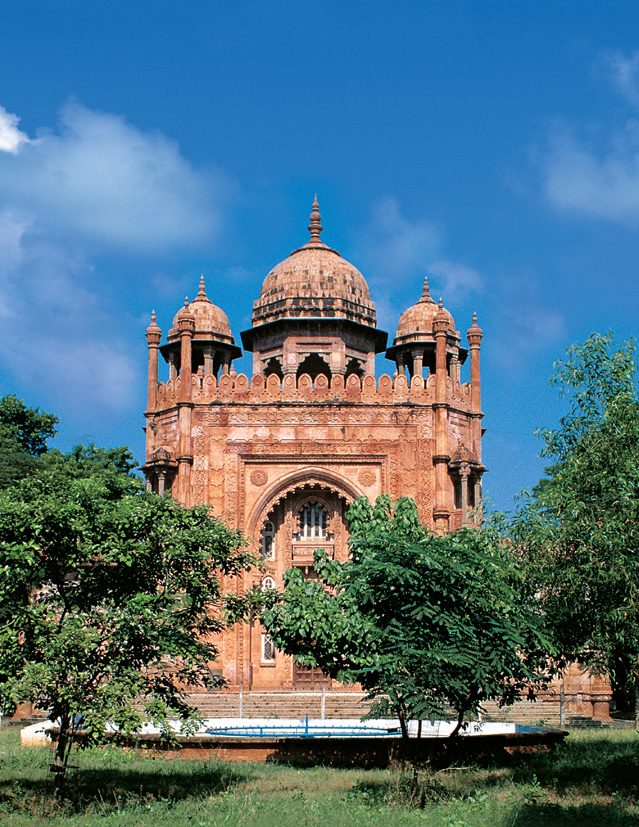
The National Art Gallery – soon to be restored?
– Heritage buildings
The Police Commissioner’s office has moved into a spanking new ten-storied building that is state-of-the-art. The Corporation is all set to move early next year into a new annexe built in the Ripon Building precinct. In both cases it has been decided that the structures that housed these offices earlier will become museums. While the fact that the older edifices are to be preserved is welcome, do they have to be turned into museums? Why not keep them as vibrant and functioning offices?
You just need to see some of the museums that already exist in the city to know what eventually becomes of such institutions. The Fort Museum as we read in the columns of this publication a few weeks ago is very much behind the times in its quality of display. The Egmore Museum fares better, but that is not saying much. The bronze gallery is good because of its contents, but as for its layout it is not anything to write home about. And then there are several museums that are hardly visited by anyone. The Elliot’s Museum in the Ophthalmic Institute is perhaps the best instance of this. But in all these cases, it is the museums that are to be blamed, for they hardly advertise their presence. They are most visitor-unfriendly, have no brochures and never a qualified docent is available to take you around.
And there are others that remain a mystery. Take for instance the Museum of Musical Instruments that is supposed to be at the rear of Poompuhar on Mount Road. It is not even listed in the Government’s own publications. So where is the question of it ever receiving any attention or care? Today it is a moot point as to whether it even exists. Far worse is the case of the Madras University museum that was supposed to come up in the Senate House. It never made it beyond the planning stage. A tacky exhibition of photographs, open at highly restricted hours, was the only outcome and now even that has gone.
All this goes to show that we are not really good at museum maintenance or management, more so when such institutions are run by the Government. This is not the case with similar places abroad. Each is professionally run, and the displays are never the same, making every visit to the place a fresh experience. There are programmes tailor-made for various age groups, thereby ensuring that the museums have visitors all the time. Moreover, unlike Indian museums, most of them depend on gate collections and endowments and so the challenge to keep the museum vibrant is ever-present. Over here, however, the attitude is one of putting a collection together and then leaving it there, hoping that everything else will fall into place automatically.
So, is it necessary for Ripon Building or the Police Commissioner’s old office to become museums? These were constructed for official use and time has not made them in any way redundant. Perhaps the space in them is no longer enough, but they can definitely be put to official use. That way, they will also be better maintained, as a workplace is likely to be cleaned more often as compared to a museum that nobody visits and is, therefore, likely to be forgotten.
In the case of Ripon Building, it is reliably learnt that the Council Chamber, the Mayor’s room and the Commissioner’s office are likely to remain as they are, while the rest of the offices will move. That means the historic structure will continue to see some footfalls and so will fare well. But what of the Police Commissioner’s office? You only need to see what has happened to its predecessor. Designed by R.F. Chisholm, no less, it is now completely derelict and may collapse any moment. Even the photography department that is housed in it appears indifferent to the upkeep. That is what is most likely to happen to the recently vacated Commissionerate as well.
|

